by Wallace Wyss –
I met over lunch with a fellow author recently, a historian, but could not convince him of my theory that one man could make the difference on a race team or managing an auto empire. He maintained everybody was important, down to the guy putting on the lug nuts.
But that meeting was before a Giant in the industry died July 2nd–Lee Iacocca.
He will be remembered for different things by different people. But there’s no doubt he was an engine of history.
To Ford fans he stirs memories first of the Falcon Sprint he green lighted which was racing in Europe even before the first production cars hit the showrooms in America.
It was Iacocca who saw the need for a new type of four seater car in a more sporty vein than the Falcon and budgeted the $45 million needed. Thus the Mustang was born. The first ponycar, it sold 22,000 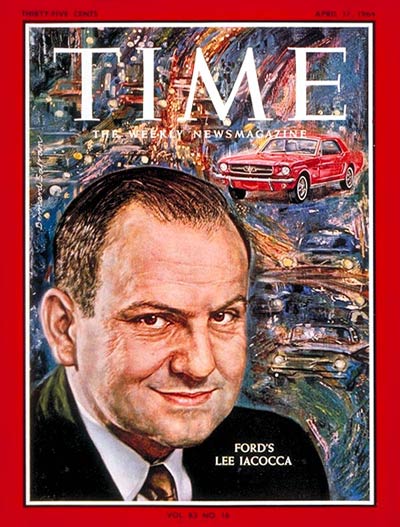 the first day you would think Henry Ford II, CEO of Ford, would have been pleased but he looked at the cover of Time and saw Iacocca pictured with the Mustang, not him.
the first day you would think Henry Ford II, CEO of Ford, would have been pleased but he looked at the cover of Time and saw Iacocca pictured with the Mustang, not him.
It was Iacocca who with other Ford officials first met with a failed chicken farmer, Carroll Shelby, and said he’d back Shelby’s AC redesign into the Ford powered Cobra.
Not too much later Henry Ford II got the door slammed in his face by Enzo Ferrari and that caused Ford to rip up the buyout papers and direct his minions to make a car that could humble Ferrari at LeMans–the car that became the Ford GT40. Iacocca was instrumental in that program, (though we might know more when the new feature film Ford v. Ferrari hits the screens Nov. 15th, 2019)
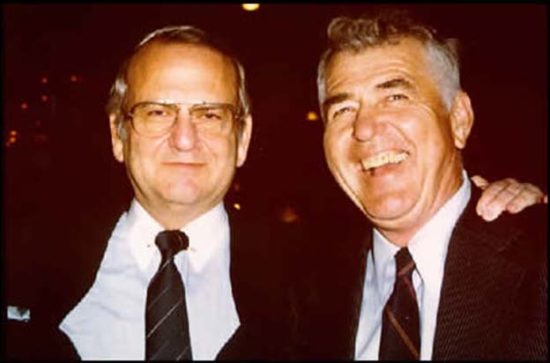
Iacocca called in Shelby no less than three times to tout specialized cars. They even developed the Dakota, a Shelby convertible pickup truck. Both lived in Bel Air, a tony neighborhood next to Beverly Hills.
Iacocca loved luxury cars. He proved his worth to Ford once again when he took the Thunderbird and had one rebodied with a Rolls like “parthenon” grille, a car that became the Lincoln Continental Mk. III, which sold for $10,000, three times the cost of a Thunderbird.
ITALIAN ROOTS
The son of Italian immigrants, Lido (Lee) Anthony Iacocca was born on October 15, 1924, in Allentown, Pennsylvania. He was proud of his Italian roots. When Henry Ford decided that he wanted to import a Ford powered Italian car, Iacocca met with DeTomaso in Modena and after Ford experts rejected the Mangusta (Ford’s experts were aghast that it needed too much hand work), Ford bought the Pantera even though the first one hadn’t been built yet. Over 7,000 were imported by Ford, sold at Lincoln Mercury dealers from 1971 to 1974.
IACOCCA’S SECOND CAREER–AT CHRYSLER
Eventually Henry Ford II fired Iacocca and, after some rumination, Iacocca accepted the top spot at Chrysler. His first home run there was the minivan, an idea proposed at Ford earlier by Hal Sperlich but shot down by HFII. At Chrysler it was a big hit, opening up a new niche in the American auto industry, a niche Chrysler owns today.
Iacocca also championed front drive four cylinder cars as he realized the Japanese automakers were getting too good a foothold in the US with small cars, a market Detroit was ignoring. He even partnered with Mitsubishi to build front drive cars like the Plymouth Arrow. He also partnered with Renault to bring in American branded models, now on the ash heap of history.
He even saw a role for his ol’ golfing buddy, Carroll Shelby who dusted off his cowboy outfit and set up a “Skunk Works” to plan a Shelby line of Dodges.
But Iacocca’s most famous accomplishment at Chrysler came in the early 1980s when he saved the firm by getting a government bail-out. All three American automakers were teetering on the brink when Iacocca got the loan guarantee, and poured new products in the pipeline and righted the ship. And paid back every dollar of the loans ahead of schedule.
THE VIPER
Iacocca, with his rah-rah American cars mindset, was behind the all American made Viper, which he saw as an American Cobra-style car built for the same purposes. The brutish car was a success in both convertible and coupe form and was no flash-in-the-pan, being in production for several years.
Jeep
America did have one brand of car that was iconic, coming as it did from America’s need for an off road vehicle as we entered WWII. Iacocca led Chrysler into buying American Motors in the late 1980s. The executive saw the untapped potential in Jeep, by pitching their cars as family-friendly four-wheel drive utility vehicles. The first new Jeep Chrysler developed was the Grand Cherokee that debuted in 1992. It was a success and today Jeep SUVs and Ram pickup trucks earn the biggest profits for Fiat-Chrysler.
REACHING OUT TO THE ITALIANS
Proud of his Italian heritage, when he helmed Chrysler, Iacocca reached out again to Italy for an exciting car. He saw a Ferrari rival, Lamborghini, was in difficulty and Iacocca took out Chrysler’s checkbook and bought the firm for a mere $3 million.
Among the cars he brought in was a 4 wheel drive monster (LM002) that looked military but belies that look with a growling V12. Then he orchestrated the design of a new model, the Diablo, designed in America, and got that approved for US sale. (I think the happiest Iacocca ever was was when, on one occasion, he had the Lamborghini prototypes brought to his villa in Italy so he could walk about them and discuss the final designs). He saved Lamborghini but later the firm was sold to Audi.
He also attempted to save Maserati but though he had managed to work with Alejandro DeTomaso the mercurial Argentine-in-Italy for a while at Ford with the Pantera, this time around DeTomaso had grown into more of a mogul who liked his own time in the spotlight. Iacocca and DeTomaso introduced the TC by Maserati but the car was overpriced at $35,000 and three years too late reaching the market to do Chrysler any good. It was supposed to precede the new LeBaron to make the LeBaron look like such a deal at one third of the Masesatis’ price. But selling it as a Maserati was foiled when Maserati dealers sued over allowing Chrysler dealers to sell a Maserati-branded car. I happened to be at the LA Auto show preview where both DeTomaso and Iacocca were introducing it. Every time Iacocca referred to the car on the stage as a “Maserati” DeTomaso, over at the end of the dais, would spit out “Iz NOT a Maserati”. So the name was changed to “TC by Maserati.” Instead it came out looking like a car that looked like a certain model Chrysler that you could buy at one third the price.
But at least Maserati survived long enough for DeTomaso to sell it to Fiat.
His accomplishments in turning around Chrysler drew so much attention that he wrote best selling books touting his philosophy. He was forced to retire from Chrysler when he reached retirement age, but he did not go back into the car business, instead investing in a fried chicken restaurant chain and golf cart manufacturing.
The cause of death July 2nd was complications from Parkinson’s disease. He was 94 years old.
Let us know what you think in the Comments.
THE AUTHOR: Wallace Wyss was born in Detroit and has been writing about cars for many years.
Donate to My Car Quest – Click Here

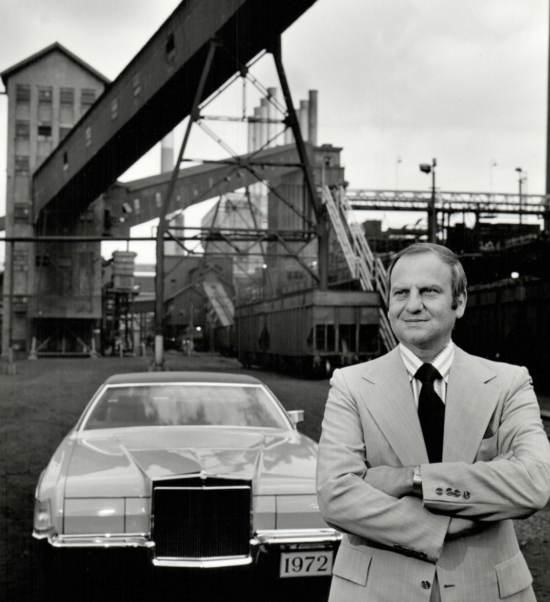
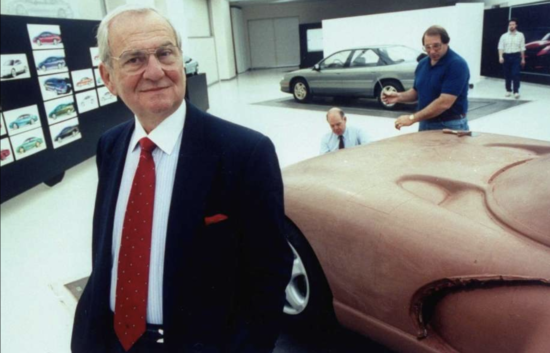
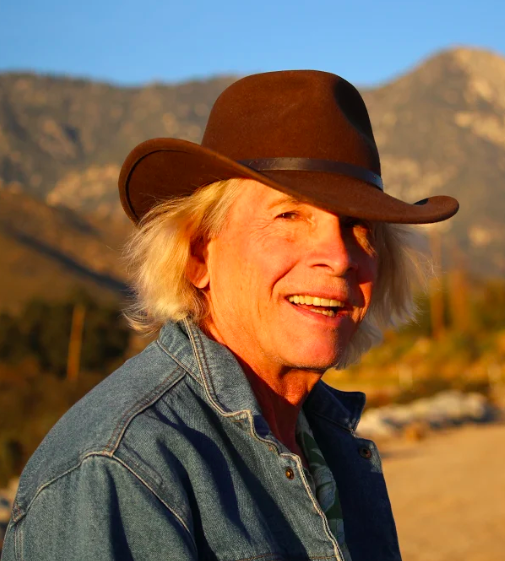
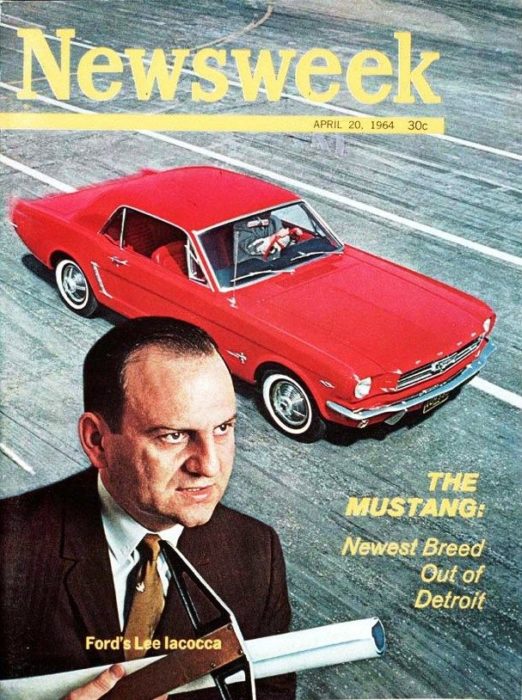
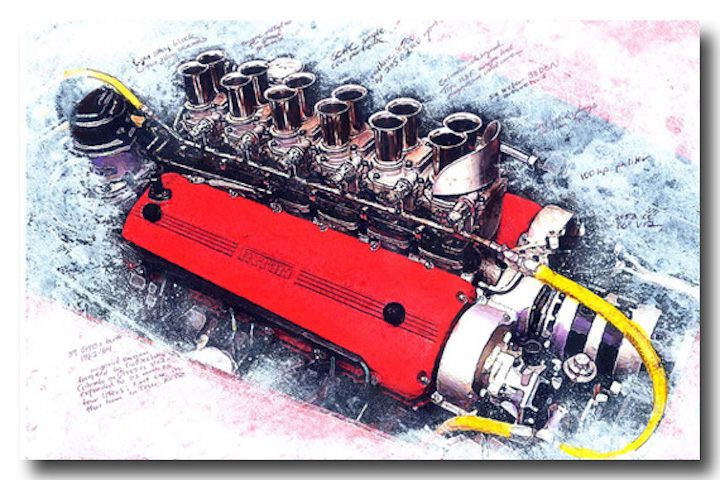

I enjoyed that Wallace -well done an insightful tribute to the man!
YEAH, HE USED TO SAY, “BUY AMERICAN”. . BUT HE DIND’T SAY, WHAT PART OF AMERICA. WHEREAS MOST PARTS AND CHRYSLER CARS, WERE MADE IN CANADA AND MEXICO.
He also marketed an excellent olive oil based margarine, Olivo, invented by his son-in-law, and also marketed an electric bike (I remember him riding it around on David Letterman’s old show). Traiined as a mechanical engineer, his true brilliance was in sales and marketing promotion. The thing that really got him noticed at Ford, was a low cost financing/sales/marketing campaign he developed, called something like $56 in ’56, where working-class people could put themselves in a full-sized 1956 Ford with just $56 monthly payments. And, as they say, the rest is history.